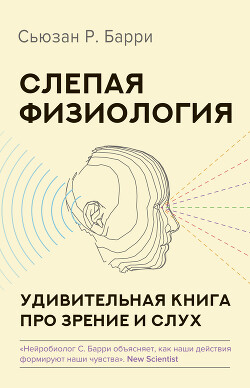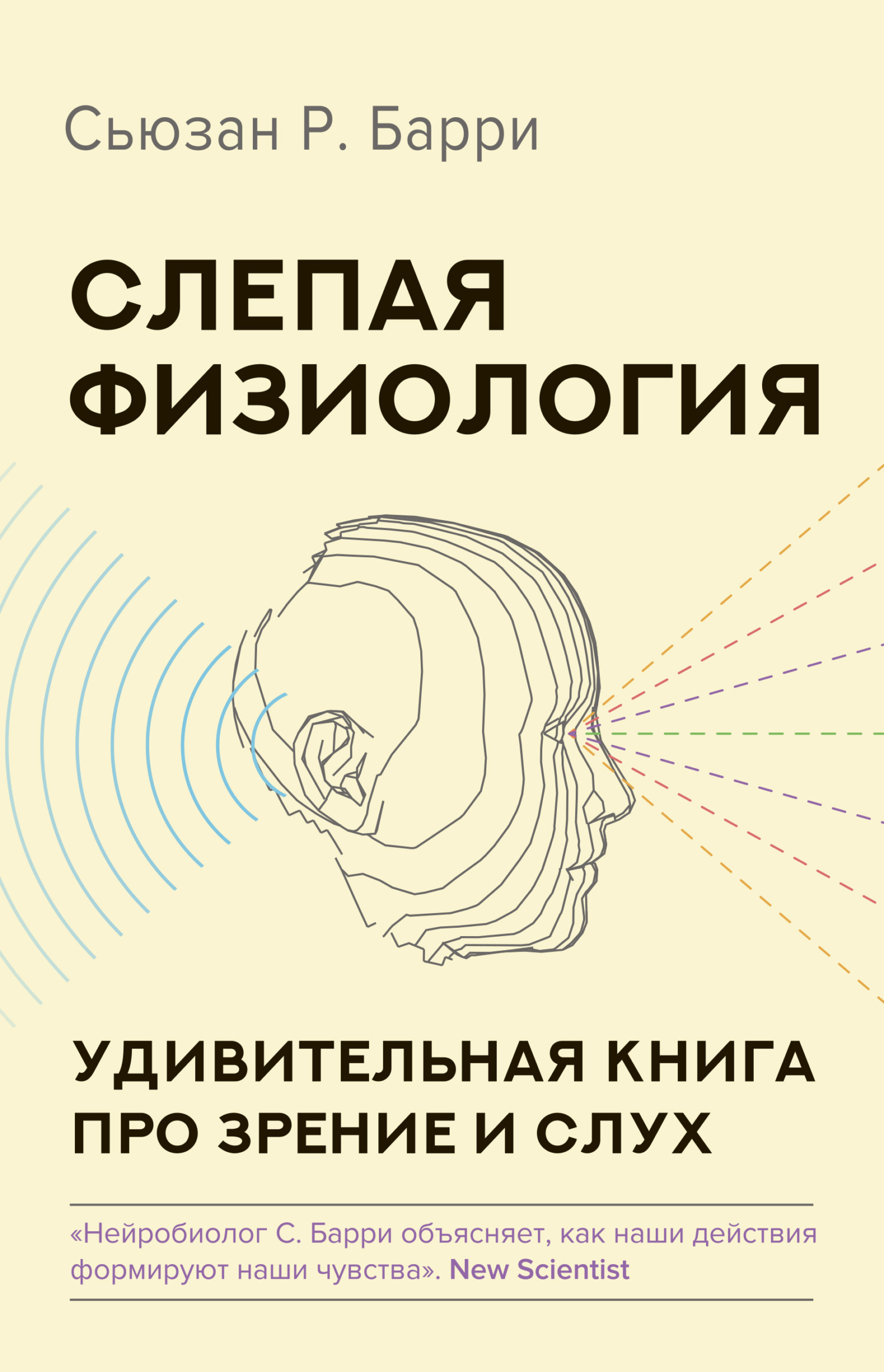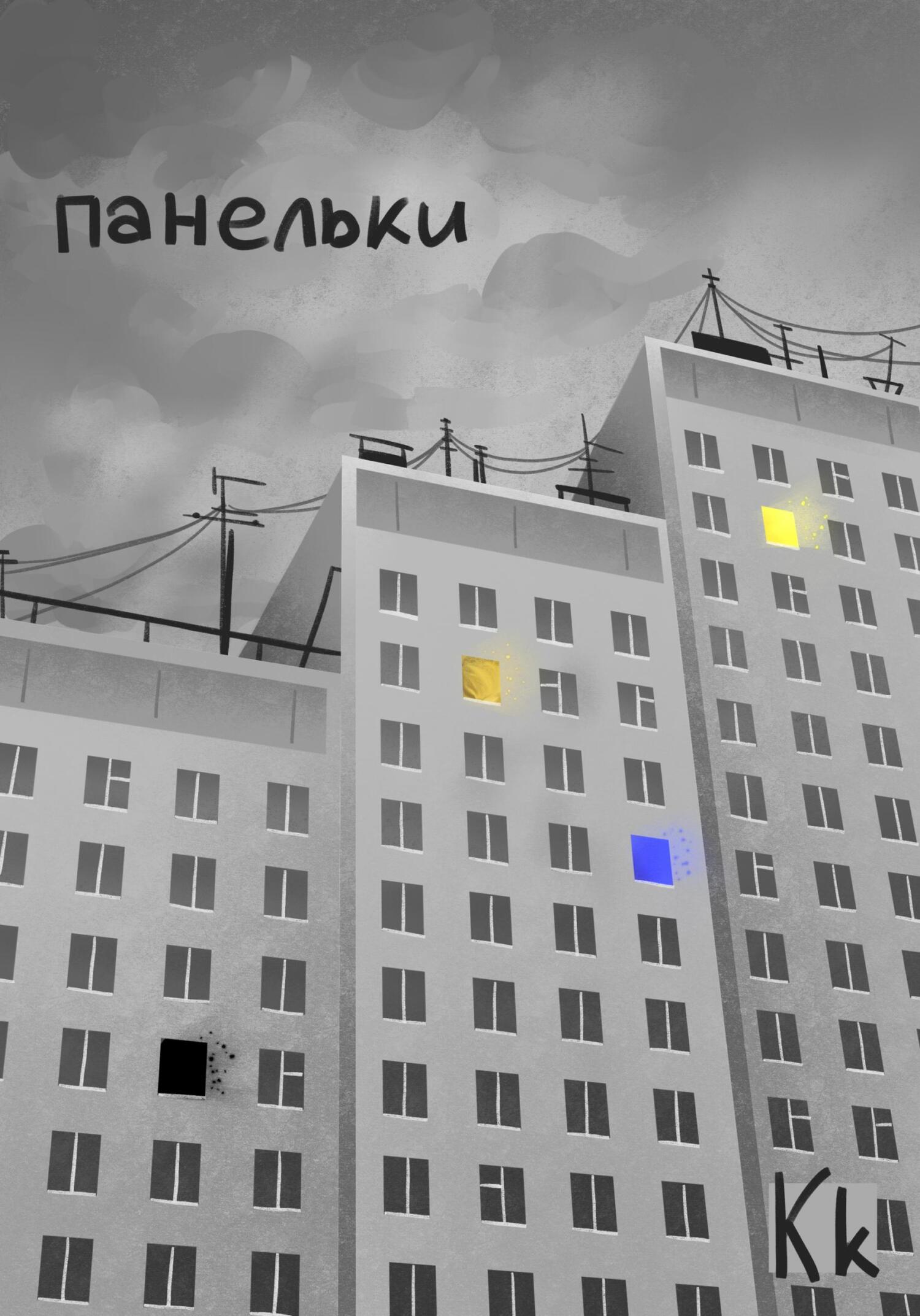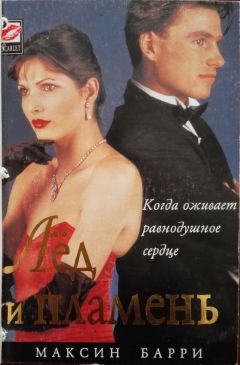147
V. S. Ramachandran, “Perceiving Shape from Shading,” Scientific American 259 (1988): 76–83.
148
M. Von Senden, Space and Sight: The Perception of Space and Shape in the Congenitally Blind Before and After Operation (Glencoe, IL: Free Press, 1960).
149
Arteberry and Kellman, Development of Perception in Infancy; Arterberry, Yonas, and Bensen, “Self-Produced Locomotion”; Kavsek, Yonas, and Granrud, “Infants’ Sensitivity to Pictorial Depth Cues”; Tsuruhara et al., “The Development of the Ability of Infants to Utilize Static Cues”; Yonas and Granrud, “Infants’ Perception of Depth from Cast Shadows.”
150
Эта цитата приписывается Хелен Келлер, но ее источник точно не установлен. Впрочем, Келлер иногда высказывала похожую идею. Например, в книге Helen Keller in Scotland: A Personal Record Written by Herself, ed. James Kerr Love (London: Methuen & Co., 1933) она писала: «Проблемы глухоты намного глубже и сложнее, нежели проблемы слепоты, а может быть и важнее. Глухота – намного большее несчастье, ибо она означает потерю самого жизненно важного – звука голоса, который несет с собой речь, приводит нашу мысль в движение и помогает нам оставаться в интеллектуальном сообществе людей». См. “FAQ: Deaf People in History: Quotes by Helen Keller,” Gallaudet University, http://libguides.gallaudet.edu/c.php?g=773975&p=5552566.
151
D. Wright, Deafness: An Autobiography (New York: Harper Perennial, 1993).
152
H. Keller, The Story of My Life: The Restored Edition, ed. J. Berger (New York: Modern Library, 2004).
153
S. Schaller, A Man Without Words (Berkeley: University of California Press, 1991).
154
M. Chorost, Rebuilt: How Becoming Part Computer Made Me More Human (New York: Houghton Mifflin, 2005), 31.
155
L. Vygotsky, Thought and Language, ed. Alex Kozulin (Cambridge, MA: MIT Press, 1986).
156
J. Bruner, Child’s Talk (New York: W. W. Norton & Co., Inc., 1983).
157
O. Sacks, Seeing Voices: A Journey into the World of the Deaf (Berkeley: University of California Press, 1989).
158
H. Keller, The Story of My Life: The Restored Edition, ed. J. Berger (New York: Modern Library, 2004), 262.
159
J. Rosner, If a Tree Falls: A Family’s Quest to Hear and Be Heard (New York: Feminist Press, 2010), 65.
160
H. Keller, The Story of My Life: The Restored Edition, ed. J. Berger (New York: Modern Library, 2004).
161
H. Keller, The Story of My Life: The Restored Edition, ed. J. Berger (New York: Modern Library, 2004).49.
162
S. Hochstein and M. Ahissar, “View from the Top: Hierarchies and Reverse Hierarchies in the Visual System,” Neuron 36 (2002): 791–804.
163
B. S. Wilson and M. F. Dorman, “Cochlear Implants: A Remarkable Past and a Brilliant Future,” Hearing Research 242 (2008): 3–21; A. A. Eshraghi et al., “The Cochlear Implant: Historical Aspects and Future Prospects,” Anatomical Record 295 (2012): 1967–1980.
164
Wilson and Dorman, “Cochlear Implants”; Eshraghi et al., “The Cochlear Implant”; W. F. House, The Struggles of a Medical Innovator: Cochlear Implants and Other Ear Surgeries (William F. House, DDS, MD, 2011).
165
House, The Struggles of a Medical Innovator.
166
Wilson and Dorman, “Cochlear Implants”; Eshraghi et al., “The Cochlear Implant.”
167
House, The Struggles of a Medical Innovator; G. Clark, Sounds from Silence: Graeme Clark and the Bionic Ear Story (Crows Nest NSW, Australia: Allen and Unwin, 2000).
168
Wilson and Dorman, “Cochlear Implants.”
169
Wilson and Dorman, “Cochlear Implants”; Eshraghi et al., “The Cochlear Implant”; R. C. Bilger and F. O. Black, “Auditory Prostheses in Perspective,” Annals of Otology, Rhinology, and Laryngology 86, no. 3 (suppl) (May 1977): 3–10, doi:10.1177/00034894770860S301.
170
House, The Struggles of a Medical Innovator; B. Biderman, Wired for Sound: A Journey into Hearing, rev. ed. (Toronto: Journey into Hearing Press, 2016); Lane, The Mask of Benevolence: Disabling the Deaf Community (New York: Knopf, 1992)
171
O. Sacks, Seeing Voices: A Journey into the World of the Deaf (Berkeley: University of California Press, 1989); D. Wright, Deafness: An Autobiography (New York: Harper Perennial, 1993).
172
Biderman, Wired for Sound; Lane, The Mask of Benevolence.
173
Clark, Sounds from Silence.
174
Майкл Хорост прекрасно описывает, как работает кохлеарный имплантат, в своей книге: Rebuilt: How Becoming Part Computer Made Me More Human (New York: Houghton Mifflin, 2005).
175
O. Sacks, “To See and Not See,” in An Anthropologist on Mars: Seven Paradoxical Tales (New York: Alfred A. Knopf, 1995).
176
M. E. Arterberry and P. J. Kellman, Development of Perception in Infancy: The Cradle of Knowledge Revisited (New York: Oxford University Press, 2016).
177
D. Maurer, L. C. Gibson, and F. Spector, “Infant Synaesthesia: New Insights into the Development of Multisensory Perception,” in Multisensory Development, ed. A. J. Bremner, D. J. Lewkowicz, and C. Spence (Oxford: Oxford University Press, 2012).
178
A. Damasio, Descartes’ Error: Emotion, Reason, and the Human Brain (New York: Penguin Books, 1994), (курсив оригинала).
179
J. J. Gibson, The Ecological Approach to Visual Perception (Hillsdale, NJ: Lawrence Erlbaum Associates, Inc., 1986), 116.
180
J. M. Hull, Touching the Rock: An Experience of Blindness (New York: Pantheon Books, 1990), 82.
181
J. Rosner, If a Tree Falls: A Family’s Quest to Hear and Be Heard (New York: Feminist Press, 2010).
182
J. Schnupp, I. Nelken, and A. J. King, Auditory Neuroscience: Making Sense of Sound (Cambridge, MA: MIT Press, 2012).
183
G. Chechik and I. Nelken, “Auditory Abstraction from Spectro-temporal Features to Coding Auditory Entities,” Proceedings of the National Academy of Sciences 109 (2012): 18968–18973; L. J. Press, Parallels Between Auditory and Visual Processing (Santa Ana, CA: Optometric Extension Program Foundation Inc., 2012).





